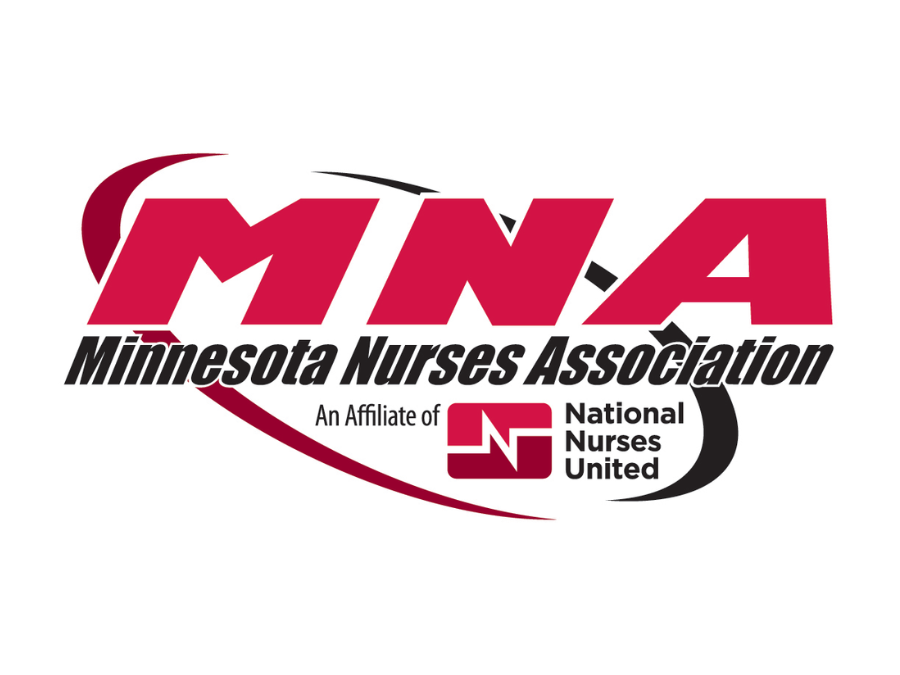 via Minnesota Nurses Association on Facebook
via Minnesota Nurses Association on Facebook
For over 120 years, the Minnesota Nurses Association (MNA) has been fighting for nurses, patients, and quality healthcare. But only in the past two years has it reimagined how it fights, incorporating new organizing tools into the work to secure measurable wins and scale impact across the Midwest.
Maddie Love is MNA’s first-ever Director of Data and Technology, where she has played a crucial role in introducing Action Builder, a powerful organizing tool, across the union. In just over two years, Maddie has supported some incredible victories for nurses in Minnesota, including ratifying new contracts covering thousands of nurses across the Twin Cities and Duluth.
I spoke with Maddie about her work establishing MNA’s Data and Technology department, rolling out new tools, and some of the union’s recent victories for nurses in Minnesota.
You can learn more about Action Builder here, sign up for a live demo here, or email us at join@actionbuilder.org to get started using the tool.
JEFF: Maddie, thank you for joining me today. To start, can you tell me about your role and how you found yourself in that role?
MADDIE: My official title is MNA’s Director of Data and Technology. I’ve been in this role a little over two and a half years, and MNA has never had a Data Director before. I oversee three departments at MNA: our IT department, our Data department, and our Membership department.
Given that you are the first in your role, how were these things happening before you started?
It’s always a little stressful to ask that question when you start somewhere as a new data staffer. Mostly people were using UnionWare, and they were kind of trying to use it for organizing, which, if you’ve ever used UnionWare, it’s really not built for that. I always say it looks like the Space Jam website [from 1996].
We do a coordinated campaign every three years where 15,000 of our 22,000 members all negotiate at the same time. In 2022, they started using Action Builder, but they just did a member upload at the beginning of the campaign, so they weren’t catching new nurses or removing people who left. There also wasn’t a system for tag structure at all. Anyone could create new tags. It felt like the perfect time to do a reset so I threw out that instance and started over.
A lot of times technology and tools can feel like a chore to organizers where they think, “I just have to enter my data so that I don’t get yelled at.” But obviously it is my goal to instead help them understand the importance of data and to build that buy-in so they can see how it is actually useful to them, their work, and to the member leaders.
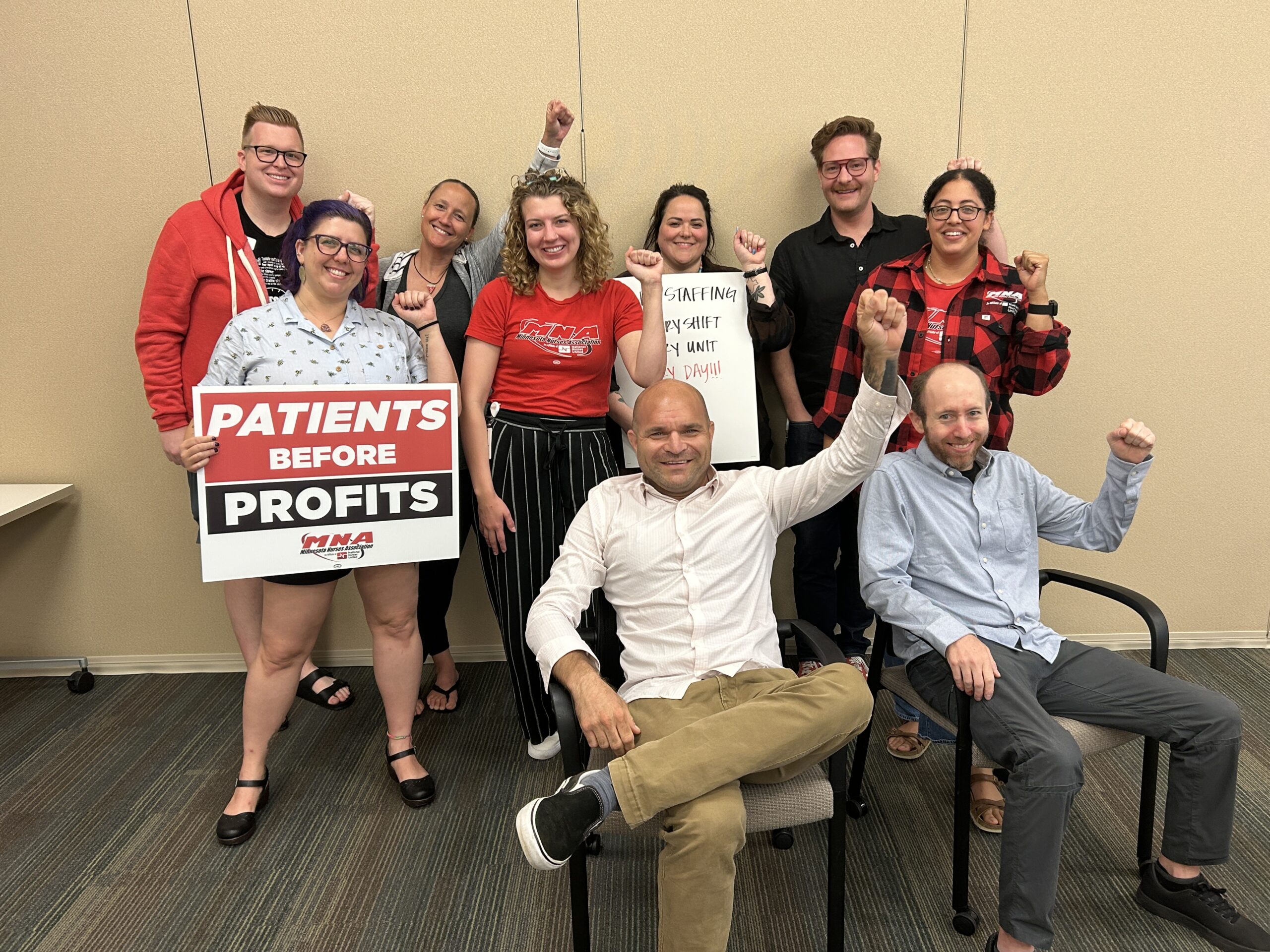
How has that been going, building buy-in to the tools?
It’s been a journey! When I first started and would talk about Action Builder and try to get people to understand that data is really important and there are all these cool things we can do with it. The response was basically, “Yeah, that’s nice,” but I don’t think they really understood what I was saying. So I pitched an idea, “Would you let me show you? Would you let me put together an all-day Action Builder Bootcamp?” Luckily, they said yes.
We have 22 labor reps and six organizers, so we split it into two days. I didn’t really tell them the plan ahead of time so kudos to them for walking into the situation and rolling with it. We gave everyone The Office character cards and had them role play organizing a union at Dunder Mifflin. We would go through training, “This is how you read a record, this is what an assessment is,” and then they had to go run around the office and try to find people and get their assessment and actually practice entering it. We layered it with some reporting to show them, “Yes, you’re collecting the data, but this is why. This is what you can do with it.” We built them a dashboard using the SQL Mirror that showed [things like] top issue by department, connections and leaders, and who they haven’t talked to yet. Then we had them make and implement a campaign plan based on that. At the end of the day, we had them present their case using that data and then we had a fake NLRB election to determine a winner.
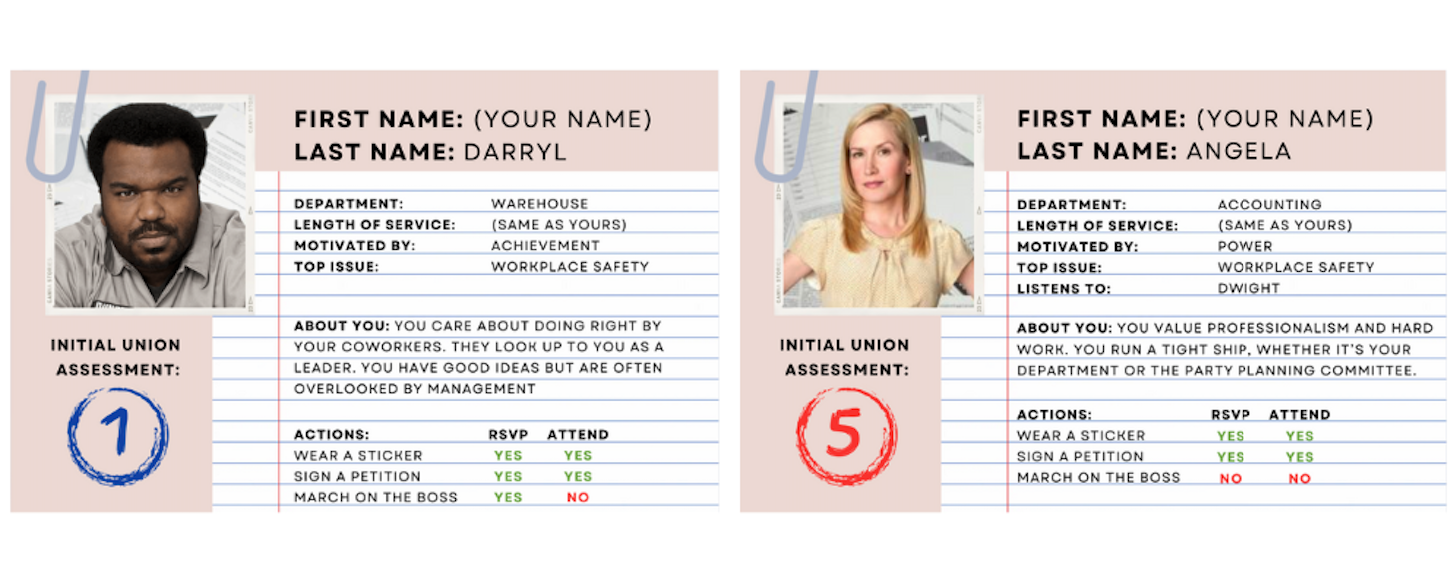
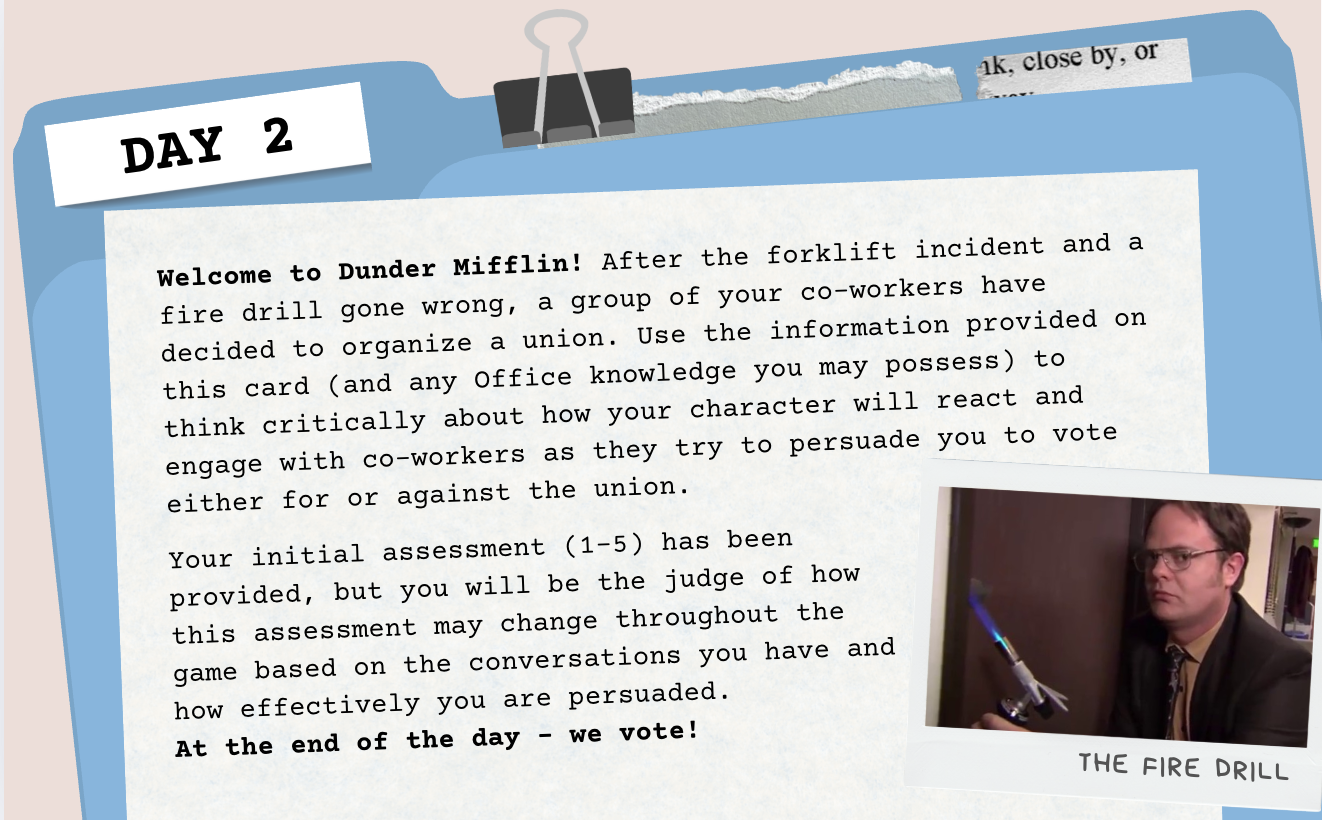
So it was really cool and really fun, and I think that was the turning point when people were like, “Oh, Maddie’s not crazy. This is something that could be really helpful at MNA.”
The Metro Duluth campaign that we just ran was kind of our second big experiment with building buy-in, where we had coordinated actions happening across 14 hospitals and 15,000 nurses in the Twin Cities and Duluth. Action Builder was the central place where we tracked all of that.
We built some automatic tagging scripts to connect petitions that people were doing to tags in Action Builder and things like that. We had a handful of nurses who were pretty good users. I think I have a really clear idea of how we can continue building that culture next time. Obviously it is a long-term change for people, but I think we laid really strong groundwork.
“A lot of times technology can feel like a chore to organizers. It is my goal to help them understand the importance of data and to build that buy-in so they can see how it is actually useful to them, their work, and to the member leaders.”
So with 14 hospitals and 15,000 nurses, there’s a ton of complexity there that you’re using Action Builder to manage. I’m curious, how would that campaign have been done before?
Every three years we have this big coordinated campaign, and honestly there wasn’t a lot of structured or strategic data collection before. A lot of actions were done entirely on paper, and then organizers would give it to someone to enter into UnionWare and as an organization we’d never really look at it again. I think many organizations can fall into the trap of collecting data to check a box. So [Action Builder] was a new way of doing things for them.
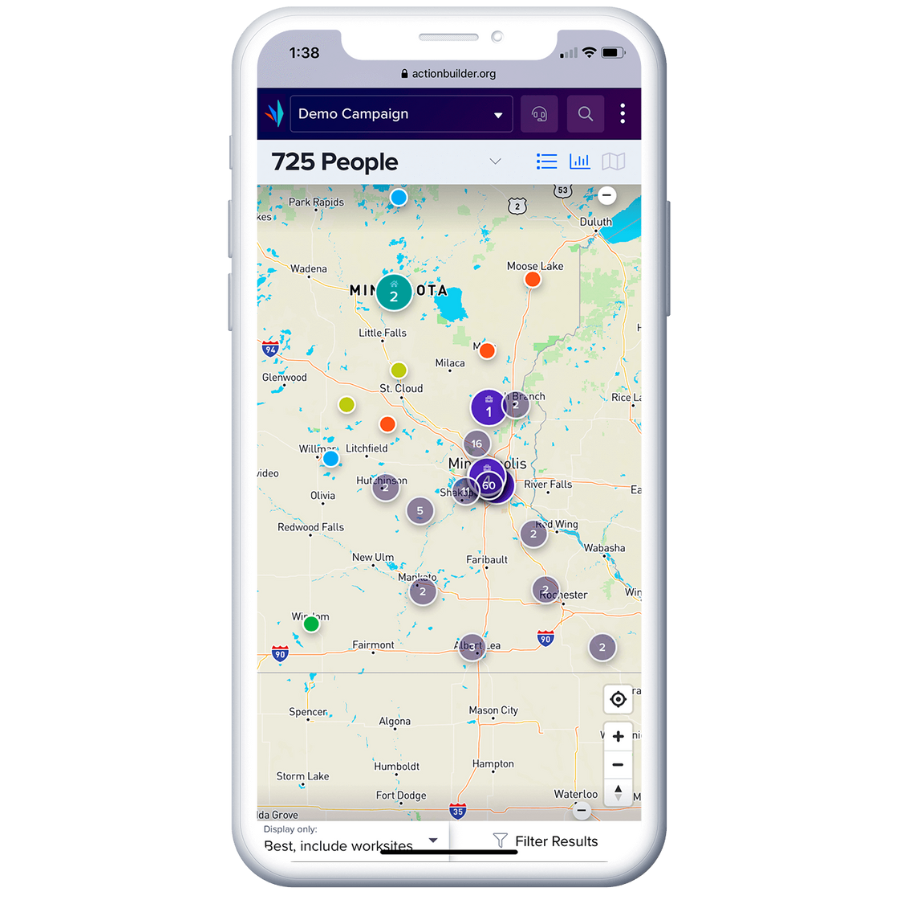
You can learn more about Action Builder here, sign up for a live demo here, or email us at join@actionbuilder.org to get started using the tool.
In that sense, it sounds like the case you can make to nurses and everybody else to get that buy-in to use Action Builder is pretty clear compared to before, when you can really demonstrate the impact of the tool. What were some ways it made the campaign smoother and more scalable?
We just did our debrief of the campaign, and we had really universally positive feedback around our data, so I think that was really cool and I felt really proud.
We had dashboards built internally for Labor Reps so that they could see their own progress, but also how their coworkers were doing, which created some friendly competition. I think overall it was just a lot more transparent about where we actually are in this fight. It really helped us keep a pulse on where our members are and what is important to them. We had a monthly meeting with our negotiating teams from all the hospitals, and we showed them the data at every meeting, ‘This is how many of your members signed this petition across departments, and this is what they said.’ So it was very woven into the planning and decision-making process.
“Employers are tracking workers. They’re using technology in all sorts of ways to advance their own agendas, which is really scary. We can’t bring a pencil to a knife fight and we have to be willing to adapt and utilize technology too, but to support the good guys instead.”
What are you planning to do differently next time to improve upon this process even more?
I think I’d really like to get more nurse users. We’ve been talking to them about it. It’s charting, which they do every single day for the job, and they understand why it’s important. I’m hoping that we can go from bargaining unit to bargaining unit and start to build a core team of people who are willing to try it. And I want to think about how we can use it in the off-years too, so that it’s not just a tool that every three years people have to remember how to use again. As an example, we’ll be using tasks and tags to make sure folks are talking to new nurses. I’m really hoping to get people to start practicing and using that muscle more regularly.

Looking at the totality of your work at MNA, it’s an amazing story of coming into a new brand new role and, in a matter of a couple years, transforming how data is managed and how organizing works across the union. What advice would you give someone who wants to do any number of those things?
My advice to folks is usually to start small. I think when people want to roll out systems, they want to do the whole thing really big and set it up in the most elaborate way possible. And I usually recommend folks start with one campaign or one bargaining unit or one action.
I started as an organizer actually, and I think my organizing skills are really what has helped me push these things forward. I think being able to organize my coworkers internally and build that buy-in has really been helpful, because you can have someone much smarter than me and better at coding or whatever in the role, but if you don’t have organizers using the tool, you don’t have any data and you can’t do anything with it.
So I think the relationships, the buy-in, making sure people feel supported when they’re using tools has been my main goal. But I also think from a broader perspective, employers are tracking workers. They’re using technology in all sorts of ways to advance their own agendas, whether it’s tracking nurse breaks or hospitals starting to want to introduce AI to take away nurse jobs, which is really scary. We can’t bring a pencil to a knife fight and we have to be willing to adapt and utilize technology too, but to support the good guys instead.
That’s an excellent place to leave it. Before I let you go, is there anything I should have asked about that I didn’t? Anything you want to add?
The thing I’d add is I had folks in leadership who were willing to let me try, and I’m super grateful for that. Essentially it was them saying, “We don’t always understand exactly what you’re saying, but we know you’re on our team, and we’re willing to try things and see how it goes.” And that really made all the difference.